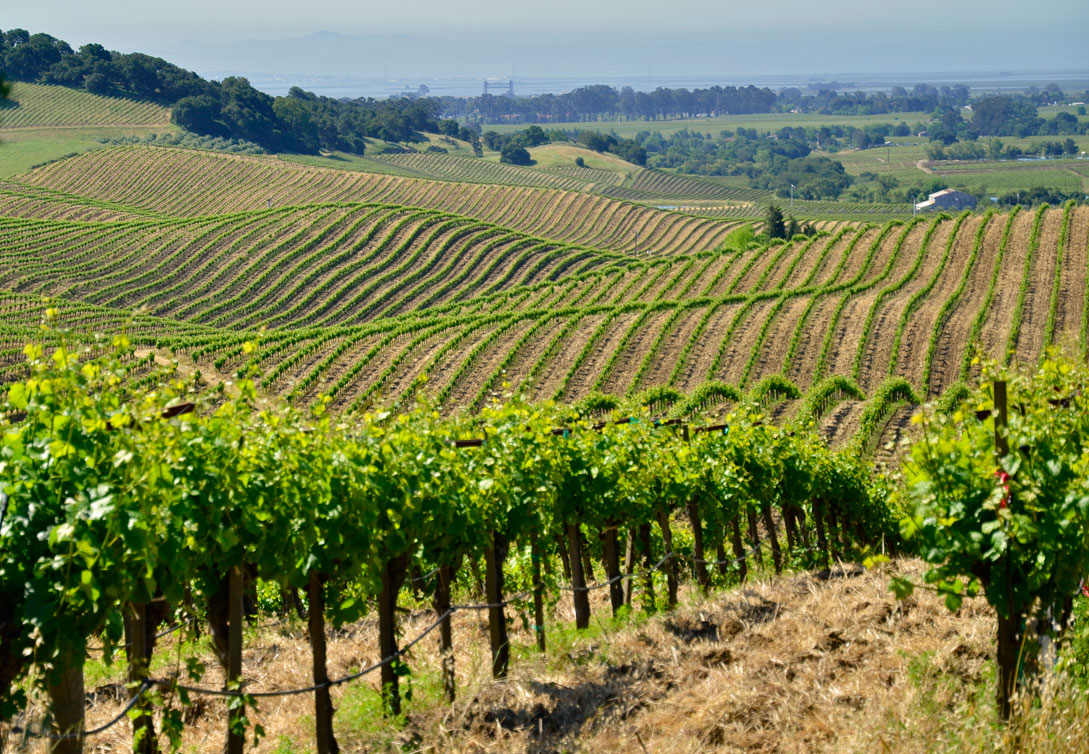Small Business
2016 May Not Be A Good Year For Wine Sales
Highlights from the 2016 report suggest changes for both consumers and wine businesses.
Jan. 25, 2016

After more than 20 years of growing consumption in the U.S., those numbers are expected to see a per capita decrease in 2016, according to a report from a winery lender. The trend is mostly seen in decreasing imports and fine wine sales.
Silicon Valley Bank’s (SVB) annual State of the Wine Industry Report combines SVB’s expertise in the U.S. wine business with proprietary research to deliver forecasts and predictions for the year ahead in wine.
Highlights from the 2016 report suggest changes for both consumers and wine businesses:
- SVB predicts a decline in U.S. per capita wine consumption after more than 20 consecutive years of growth
- Imported bottled wine will resume the prior trend of eroding U.S. fine wine market share
- Domestic wine priced higher than $10 per bottle will still show modest sales growth of 4-8 percent Fine wine sales will end 2016 with growth between 9-13 percent, a slight decline from the roughly 14 percent sales growth in 2015
“While demand for premium wine will increase this year, there are clouds on the horizon that should be considered. We believe total and per capita wine consumption in the U.S. will drop for the first time in more than 20 years due to emerging generational shifts in consumption patterns that we see accelerating in the near term,” said Rob McMillan, founder of Silicon Valley Bank’s Wine Division and author of the report.
“We believe this is the case, since there is a permanent shift from generic wine, and aging baby boomers are being replaced by frugal millennial consumers. Millennials, at this point in their development, have proven more agnostic in their choice between beer, spirits or wine compared to retiring boomers.”
Additional findings and predictions for 2016:
- Large and notable sales of premium vineyards and wineries, will drive an active M&A environment throughout the year
- Volume and price drops will occur below the $8 bottle price
- Tens of thousands of additional grape acres will be permanently removed from the California Central Valley
- Supply of arable land suitable for higher-end wine production will narrow and drive vineyard prices higher
- The lowest price generic segment that appealed to the entry-level consumers of the 1960s has permanently lost its appeal
- The Gen X cohort will surpass the baby boomers around the year 2021 to become the largest fine wine consumer demographic in the U.S., and the millennial cohort will surpass the Gen X cohort around the year 2026
“While retail bottle prices will modestly increase this year, the consumer will still benefit from three consecutive large and excellent harvests in 2012, 2013, and 2014,” McMillan said. “Not all of that wine will make it into branded premium labels and that will leave plenty of great juice available for domestic négociants who will repurpose it into imaginative labels.”
Silicon Valley Bank offers financial services and strategic advice to more than 300 premium vineyards and wineries on the West Coast.
The full report is at http://www.svb.com/wine-report/.
